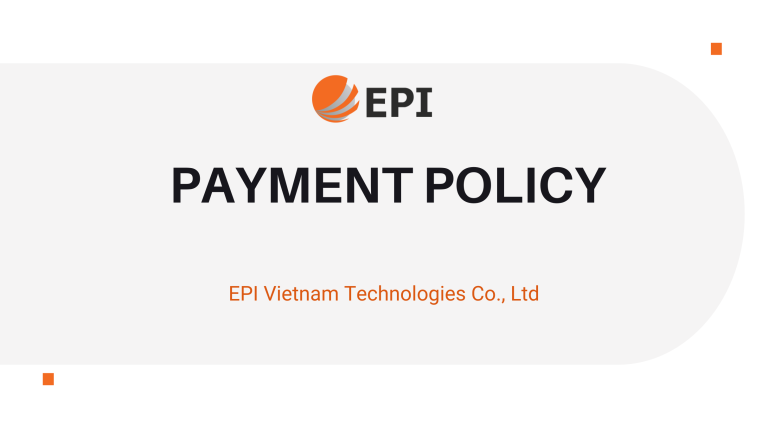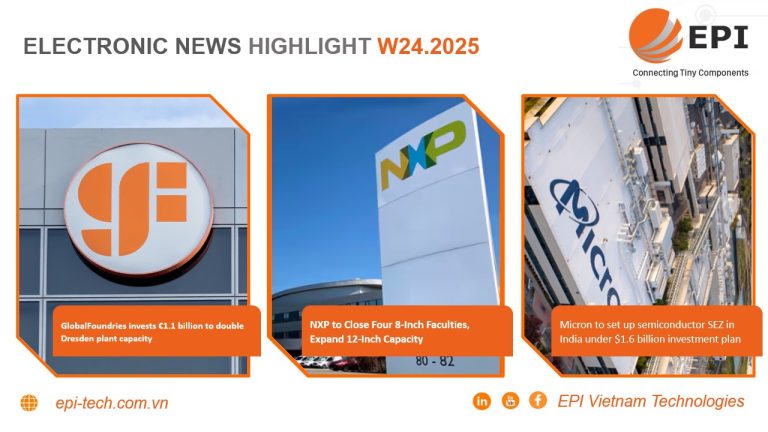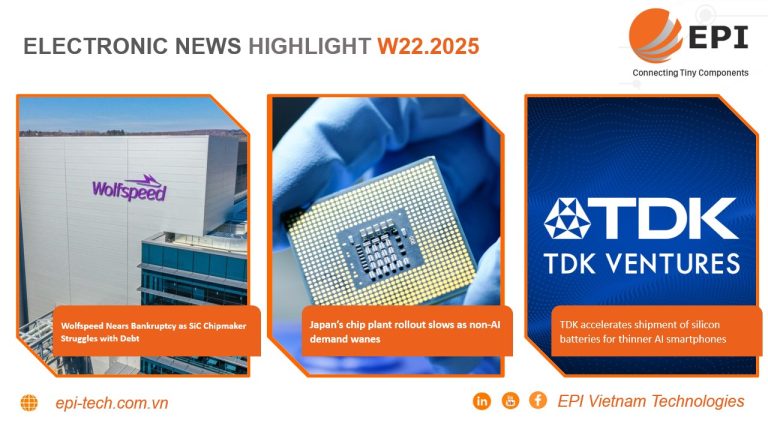ELECTRONIC NEWS HIGHLIGHT W36.2024

1. NXP invests $1 billion in India to increase R&D expansion
NXP Semiconductors announced plans to invest more than $1 billion in India to enhance and expand research and development, strengthening its commitment to the country as India strengthens its semiconductor industry. NXP CEO Kurt Sievers, speaking at the Semicon conference, said the company aims to double its R&D investment in India over the next few years, with spending exceeding $1 billion. NXP currently operates four semiconductor design centers in India, employing about 3,000 people, and is in talks with the auto and other industries. The Indian government has launched a $10 billion incentive program to strengthen its position against global chip manufacturing centers like Taiwan. India’s semiconductor market is expected to reach $63 billion by 2026. Major chipmakers such as Nvidia and AMD have established major research, design centers in India, emphasized the country’s growing importance in the global semiconductor ecosystem.
Learn more: NXP invests $1 billion in India to increase R&D expansion
2. Vietnam implements preferential subsidy policies for chip production
According to the latest information, Vietnam is drafting a series of incentives for chip manufacturing companies, including tax reductions, quick export procedures, as Vietnam is growing to attract increasing attention. increase from global companies such as Nvidia and Besi. The proposed Digital Technology Industry (DTI) Act specifies additional incentives, such as allowing companies to deduct 150% of research costs from pre-tax income and providing free land use rights. lease for 10 years.
These initiatives aim to capitalize on opportunities created by technological competition between the United States and China, pushing semiconductor companies to diversify their supply chains. However, the Vietnamese government faces the challenge of ensuring these measures comply with the new global minimum tax treaty. Vietnam plans to consolidate its position as a hub for established semiconductor companies by investing in energy, infrastructure and workforce training, although these sectors remain lagging. behind more advanced industrial nations. Vietnam is also navigating compliance with the 15% global minimum tax rate proposed by the OECD and supported by more than 140 countries. Deloitte Vietnam tax team leader Thomas McClelland noted that incentive policies can strain national budgets and introduce additional administrative requirements.
Despite challenges such as electricity shortages, skills gap and export restrictions, Vietnam remains a promising destination for the chip industry. Companies such as Dutch semiconductor equipment manufacturer Besi and Nvidia, which are supporting local AI factory initiatives, have begun investing in the Vietnamese market.
Learn more: Vietnaam implements preferential subsidy policies for chip production
3. Advanced packaging equipment market expected to grow more than 10% by 2024
According to data from market research firm TrendForce, the advanced packaging equipment market is expected to grow more than 10% by 2024, with further growth expected to exceed 20% by 2024. 2025. This expansion is primarily due to major semiconductor manufacturers increasing their advanced packaging capabilities and the rapid growth of the global artificial intelligence (AI) server market.
TrendForce notes that growing demand for AI servers is driving various packaging technologies, including InFO, CoWoS and SoIC, leading to the construction of new packaging facilities worldwide. For example, TSMC is expanding packaging capacity across multiple regions in Taiwan, while Intel is expanding operations in New Mexico, the United States and Malaysia. Additionally, companies such as Samsung, SK Hynix and Micron are building new HBM packaging facilities in the United States, South Korea, Taiwan and Singapore.
This expansion of packaging facilities has driven demand for related equipment, such as electroplating machines, die-bonding machines, molding machines, thinning machines, and dicing machines. With relatively low technical barriers to entry in the advanced packaging equipment sector, companies like TSMC are strategically leveraging local suppliers to reduce costs.
Learn more: Advanced packaging equipment market expected to grow more than 10% by 2024



 English
English  Tiếng Việt
Tiếng Việt 













